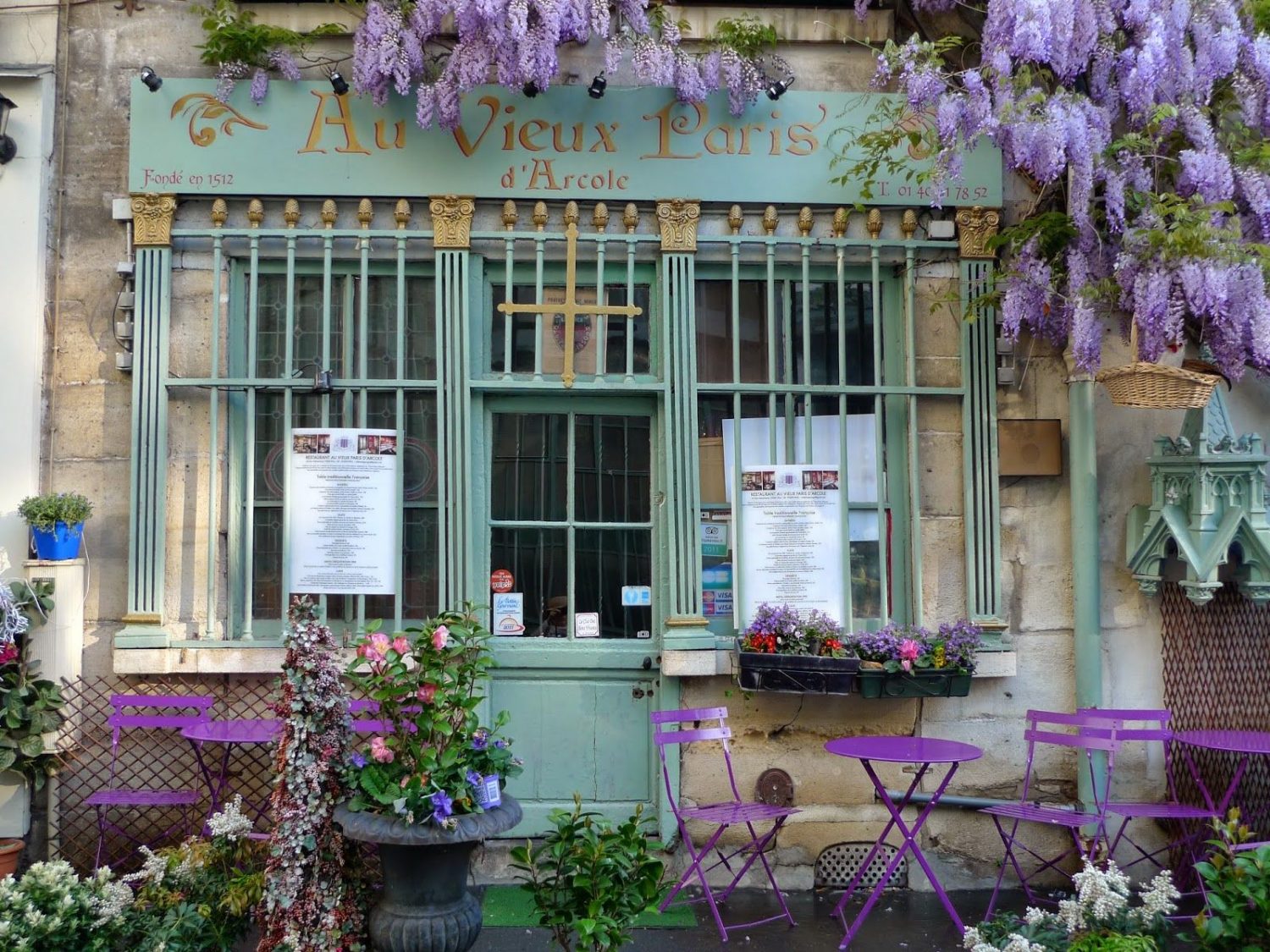
Cultural Savoir Faire
France is about world-class art and architecture. It seduces with iconic landmarks known the world over and rising stars yet to be discovered. This country’s cultural repertoire is staggering – in volume and diversity. And this is where the beauty of la belle France lies: when superstars such as Mademoiselle Eiffel, royal Versailles and the celebrity-ridden French Riviera have been ticked off, there’s ample more to thrill. France is, after all, the world’s top tourism destination with some 89 million visitors each year who flock to the land of the Gauls to feast on its extraordinary wealth of museums, galleries, ateliers (artist workshops) and hands-on cultural experiences.
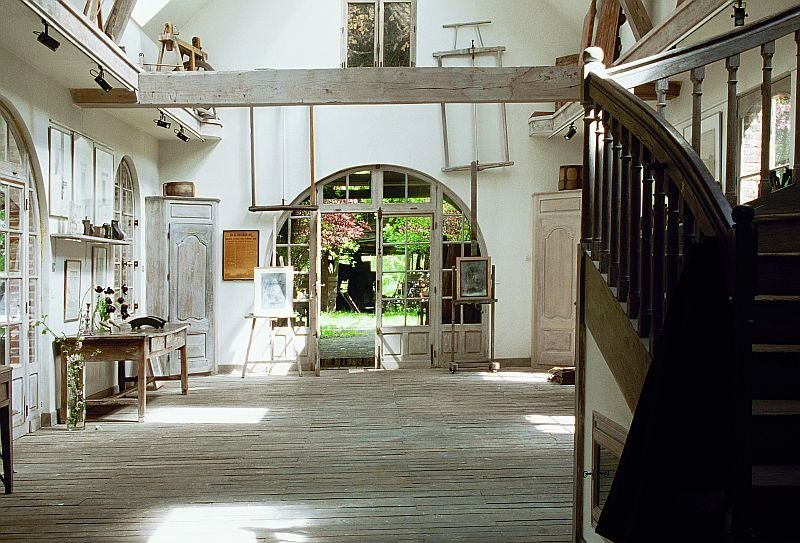
Gastronomy
Food is of enormous importance to the French and the daily culinary agenda takes no prisoners: breakfasting on warm croissants from the boulangerie (bakery), stopping off at Parisian bistros, and market shopping are second nature to the French – and it would be rude to refuse. But French gastronomy goes far deeper than just eating exceedingly well. Its experiential nature means there is always something tasty to observe, learn and try. Be it flipping crêpes in Brittany or clinking champagne flutes in ancient Reims cellars, the culinary opportunities are endless.
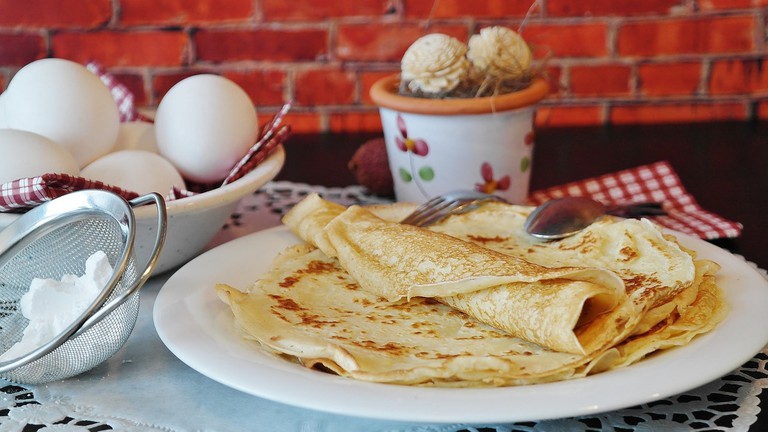
Art de Vivre
The rhythm of daily life – dictated by the seasons in the depths of la France profonde (rural France) – exudes an intimacy that gets under your skin. Don’t resist. Rather, live the French lifestyle. Embrace the luxury of simple, everyday rituals being transformed into unforgettable moments, be it a coffee and croissant in the Parisian cafe where Jean-Paul Sartre and Simone de Beauvoir met to philosophise, a stroll through the lily-clad gardens Monet painted, or a walk on a beach in Brittany scented with the subtle infusion of language, music and mythology brought by 5th-century Celtic invaders.
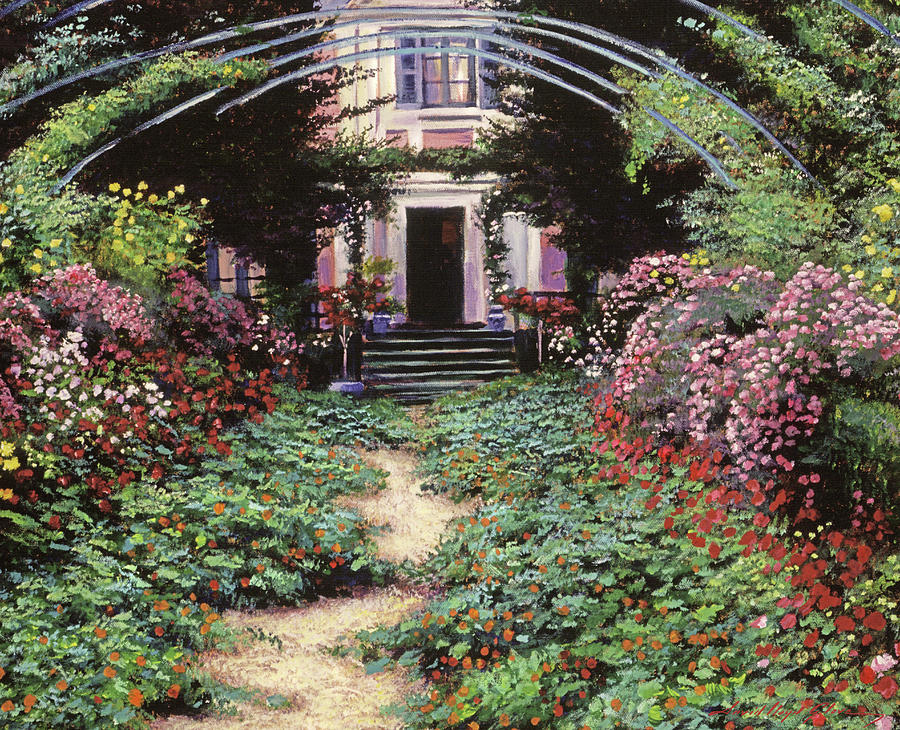
Outdoor Action
The terroir (land) of France weaves a varied journey from northern France’s cliffs and sand dunes to the piercing blue sea of the French Riviera and Corsica’s green oak forests. Outdoor action is what France’s lyrical landscape demands – and there’s something for everybody. Whether you end up walking barefoot across wave-rippled sand to Mont St-Michel, riding a cable car to glacial panoramas above Chamonix or cartwheeling down Europe’s highest sand dune, France does not disappoint. Its great outdoors is thrilling, with endless opportunities and the next adventure begging to be had. Allez!
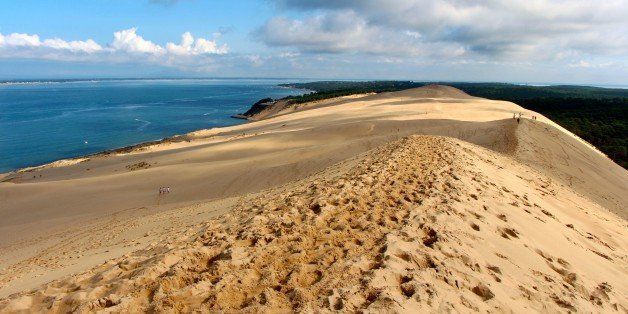
Pilgrimage
The tradition of Catholic pilgrimages in France dates back to the Middle Ages. People of faith undertook these long, arduous journeys as a way of deepening their religious devotion, seeking forgiveness for their sins, searching for physical and spiritual healing (sometimes in the form of a miracle), and for the overall experience of the journey itself. Each pilgrimage leads to a specific destination, typically a holy site at which a miracle had been performed, or a sacred spot commemorating a saint. Today, many of these pilgrimage sites are marked by an impressive cathedral or basilica. France is home to world-famous pilgrimage sites that still attract large numbers of pilgrims and tourists each year.
In total there are about 597 pilgrim walks for you to discover within the region of France. Some of the most important and well-known are:
The site of the Marian apparitions (Mary appeared to a teenage girl, Bernadette, several times in this locations), Lourdes has become one of the most popular tourist destinations in France. The entire town functions around the millions of tourists that visit this site each year.
Located in Lisieux, France, this well-known cathedral was constructed after Pope Pius XI canonised Thérèse (a young French woman known for her piety) on 17th May 1925. The massive basilica can seat up to 3,000 pilgrims. It is the second-largest pilgrimage site in France (after Lourdes).
Located in Paris’s Montmartre neighborhood, Sacré-Coeur is dedicated to the Sacred Heart of Jesus. The iconic basilica, recognized by its large white dome, was constructed in 1914. It is one of the major tourist attractions in Paris, and welcomes millions of visitors per year.
El Camino de Santiago is a world-famous pilgrimage route featured in the 2010 film “The Way.” It begins at four starting places in France (pilgrims choose where they wish to start) and leads travellers to the Cathedral of Santiago de Compostela in northern Spain.
Click on the photo below and watch this amazing video about Pilgrimage in France:
Eating and Drinking
Few Western cuisines are so envied, aspired to or seminal. The freshness of ingredients, natural flavours, regional variety and range of cooking methods in French cuisine is phenomenal. The very word ‘cuisine’ was borrowed from the French – no other language could handle all the nuances. The French table waltzes taste buds through a dizzying array of dishes sourced from aromatic street markets, seaside oyster farms, sun-baked olive groves and ancient vineyards mirroring the beauty of each season. Discovering these varied regional cuisines is an enriching, essential experience.
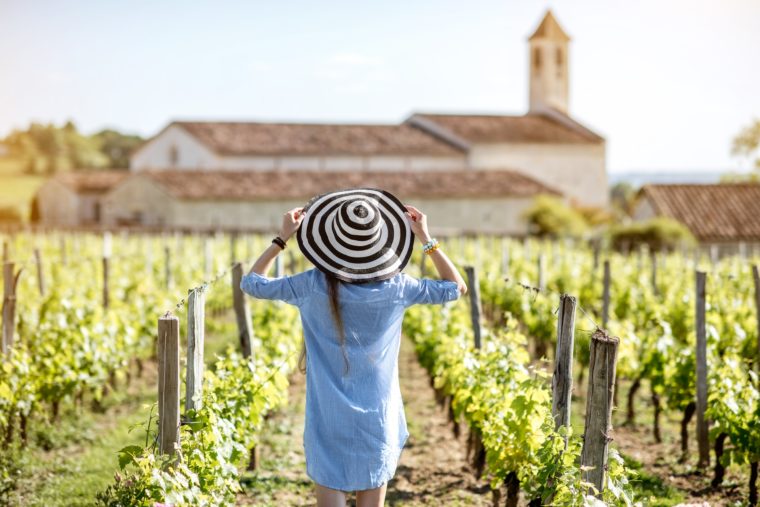
Cheese
No French food product is a purer reflection of terroir than cheese, an iconic staple that – with the exception of most coastal areas – is made all over the country, tiny villages laying claim to ancient variations made just the way grand-père (grandfather) did it. France boasts more than 500 varieties, made with lait cru (raw milk), pasteurised milk or petit-lait (‘little-milk’, the whey left over after the fats and solids have been curdled with rennet).
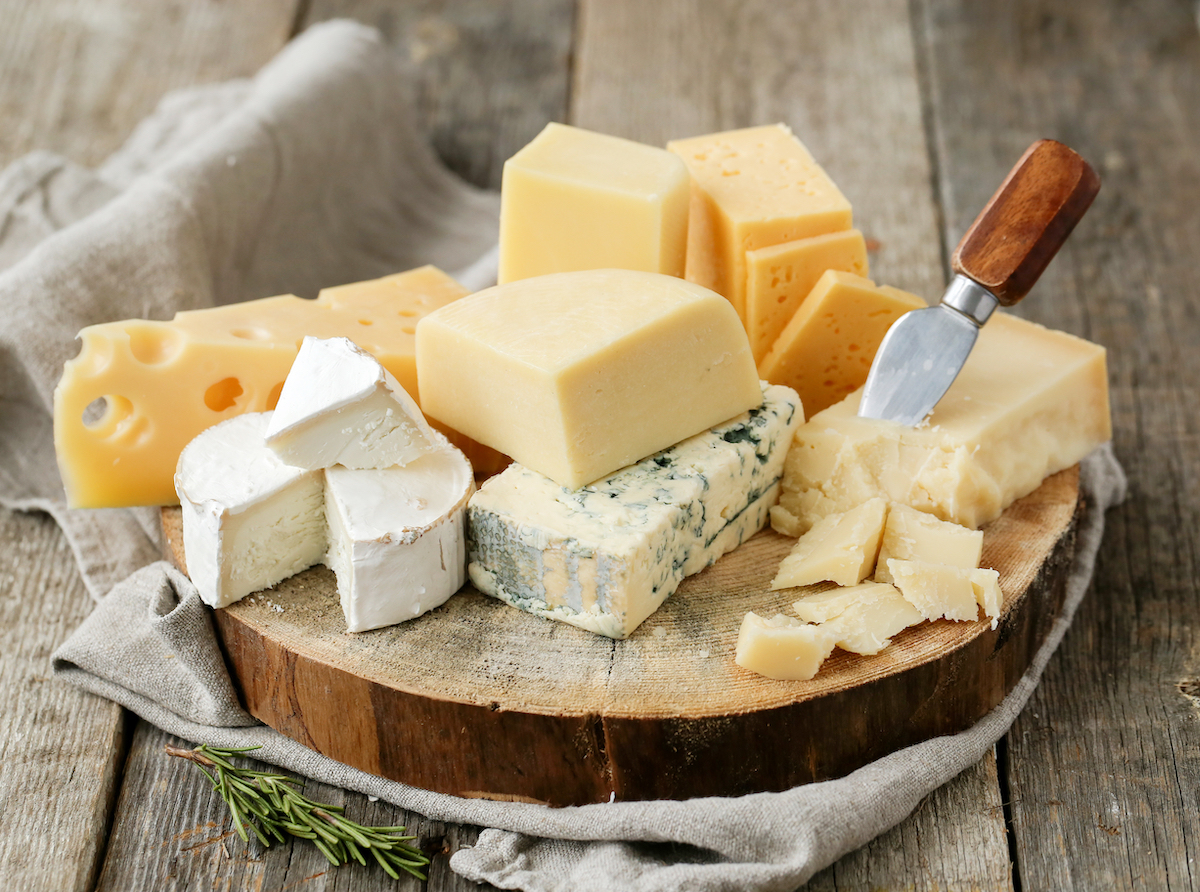
Feature: The Perfect Cheeseboard
Treat your taste buds to the perfect balance of cheese by taking at least one of each type from the cheeseboard:
Goat’s cheese (fromage de chèvre) Made from goat’s milk.
Soft cheese (fromage à pâté molle) Moulded or rind-washed, the classic soft cheese that everyone knows is Camembert from Normandy made from unpasteurised cow’s milk. Munster from Alsace is a fine-textured, rind-washed cheese.
Semihard cheese (fromage à pâté demi-dure) Among the finest uncooked, pressed cheese is Tomme de Savoie, made from pasteurised or unpasteurised cow’s milk near the Alps; and St-Nectaire, a strong-smelling pressed cheese with a complex taste.
Hard cheese (fromage à pâté dure) Must-taste cooked and pressed cheeses are Beaufort, a fruity cow’s-milk cheese from Rhône-Alpes; Comté, made with raw cow’s milk in Franche-Comté; emmental, a cow’s-milk cheese made all over France; and Mimolette, an Edam-like bright-orange cheese from Lille aged for as long as 36 months.
Blue cheese (fromage à pâté persillée) ‘Marbled’ or with veins that resemble persil (parsley).
Wine
Viticulture in France is an ancient art and tradition that bears its own unique trademark. The French thirst for wine goes back to Roman times when techniques to grow grapes and craft wine were introduced, and dégustation (tasting) has been an essential part of French wine culture ever since.
There are dozens of wine-producing regions throughout France, but the principal ones are Burgundy, Bordeaux, the Rhône and Loire Valleys, Champagne, Languedoc, Provence and Alsace. Wines are generally named after the location of the vineyard rather than the grape varietal. Organic and biodynamic wines are increasingly popular.
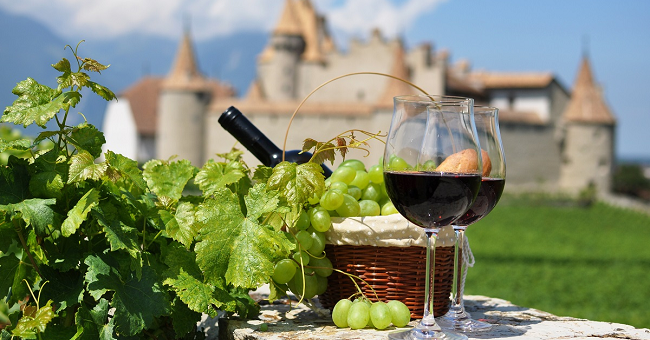
FQA
Do I need a visa to enter France if I have an Australian passport?
Australian passport holders can visit any countries within the Schengen area visa-free for up to 90 days over a 180-day period for the purpose of tourism.
Is it safe to travel to France?
The Australian Government provides up to date information on the safety of travelling to various countries, and all travellers should take note of this advice. Liberty Tours recommends that all travellers take out appropriate Travel Insurance to cover the entire duration of their absence from home.
https://www.smartraveller.gov.au/destinations/europe/france
Follow this link for current official assessment:
Advice on health risks and vaccination recommendations can also be found using the same link.
What currency do I use in France? What is the exchange rate?
The unit of currency in France is the euro, as in most other countries of the European Union.
1 EUR= AUD 1.70
Use your home bank ATM/cash card to withdraw euros from French distributeurs des billets (ATMs/cashpoints) or Retrait (cash witdrawal). Check with your bank to see if this will work without problems. You may also want to check the exchange rate, charges and fees imposed by your bank on foreign currency withdrawals, which may amount to 3% to 6% of your money.
Use a credit card, widely used for purchases in France, but only if it is a credit card with a computer chip in it (carte à puce). You can exchange your home currency cash (dollars, pounds, yen, yuan, rubles, etc.) for euros at a bureau de change (currency exchange office) in France. Exchange rate spreads, commissions and service fees in France can take as much as 10% to 20% of your money for each exchange, so currency exchange offices may not be the thrifty option, and these days offices are few and far between.
Banks do not exchange foreign cash. In fact, many banks handle no cash at all except through ATMs.
What is the weather like in France and when is the best time to go?
Although it is located in a temperate zone, France has different climates: oceanic on the western and northern coasts, transitional continental in Paris and the central region, continental in the eastern region, and Mediterranean in the southern coastal region. In addition, there are mountainous areas, with a colder climate depending on altitude.
The best times to visit Paris are late spring (mid-May to late June) and early autumn (September). The mid-summer period (July-August) is a good time as well, but sometimes it can get hot. The same can be said in general for all the inland areas of France.
If you want to visit Brittany, Normandy and the Atlantic coastal areas, the best time is the summer (June to August).
In the Mediterranean regions, the best times are spring and autumn, especially the months of May and June and the first half of September (in the second half, the temperature is still pleasant, but the rains may become abundant, even with the risk of floods). In mid-summer (July-August), however, the heat is usually bearable because of the sea breezes, at least along the coasts.
If you want to go on a beach holiday, the Mediterranean Sea (where the best months are July and August) is preferable to the Atlantic Ocean (especially the northern part, which is cooler) because both sea and air temperatures are higher, and sunshine is more frequent as well.
If you want to go on a ski holiday, the months of February and March are the most recommended because the days are longer than in December and January. In some resorts at high altitudes, you can even ski in summer.
Summer is a good period to go hiking in the mountains, although there may be some thunderstorms in the afternoon.
What should I pack to go to France?
In winter: bring warm clothing, a sweater, a coat, a rain jacket or umbrella; a scarf, a hat and gloves for the colder north-central area and for the mountains.
In summer: for Brittany and Normandy, bring clothes for spring and autumn, a T-shirt for warm days, but also a jacket, a raincoat or umbrella. For the rest of the country, light clothing, but also long pants, a jacket and a sweater for the evening and cooler days; a raincoat or umbrella. For the mountains, hiking shoes, sunscreen and sunglasses.
Should I leave a tip in restaurants and hotels in France?
Tipping in France is entirely up to you and is rarely expected in most situations. Guidelines for tipping in France should be based on customs but also the quality of your experience, and they are not strictly followed everywhere in France. In some parts of the country, your tips will be considered a mark of generosity on your part as the standards of living there are not as high as in Paris.
Tipping at hotels in France is not mandatory, but it can be a nice gesture if someone goes out of their way to help make your stay extra special. Cafes and restaurants in Paris and the rest of France include a 15 percent service charge in the check, which is required by French law. The words service compris indicate that the tip has already been included, so take a good look at the bill when it arrives. In France, cab drivers don’t make a lot of money, so you should consider tipping even though it’s not expected. You can either offer to round up your fare or tip 5-10 percent on the total.
Whether you’re on a multi-day bus tour through the countryside or an hour-long tour in a museum, it’s good etiquette to tip your tour guide when in France
Time Zone
France is 1 hour ahead of Greenwich Mean Time. Canberra, Australia is 8 hours ahead of France.
Electricity
220 volts/50hz
Language
French (official language), English (39%), Spanish (13%), German (8%), Italian (5%), Portuguese (3%)
Religion
Christian (overwhelmingly Roman Catholic) 63-66%, Muslim 7-9%, Buddhist 0.5-0.75%, Jewish 0.5-0.75%, other 0.5-1.0%, none 23-28%
France Tourism Office
We are passionate about giving our customers the holiday of their dreams
© 2019 All rights reserved